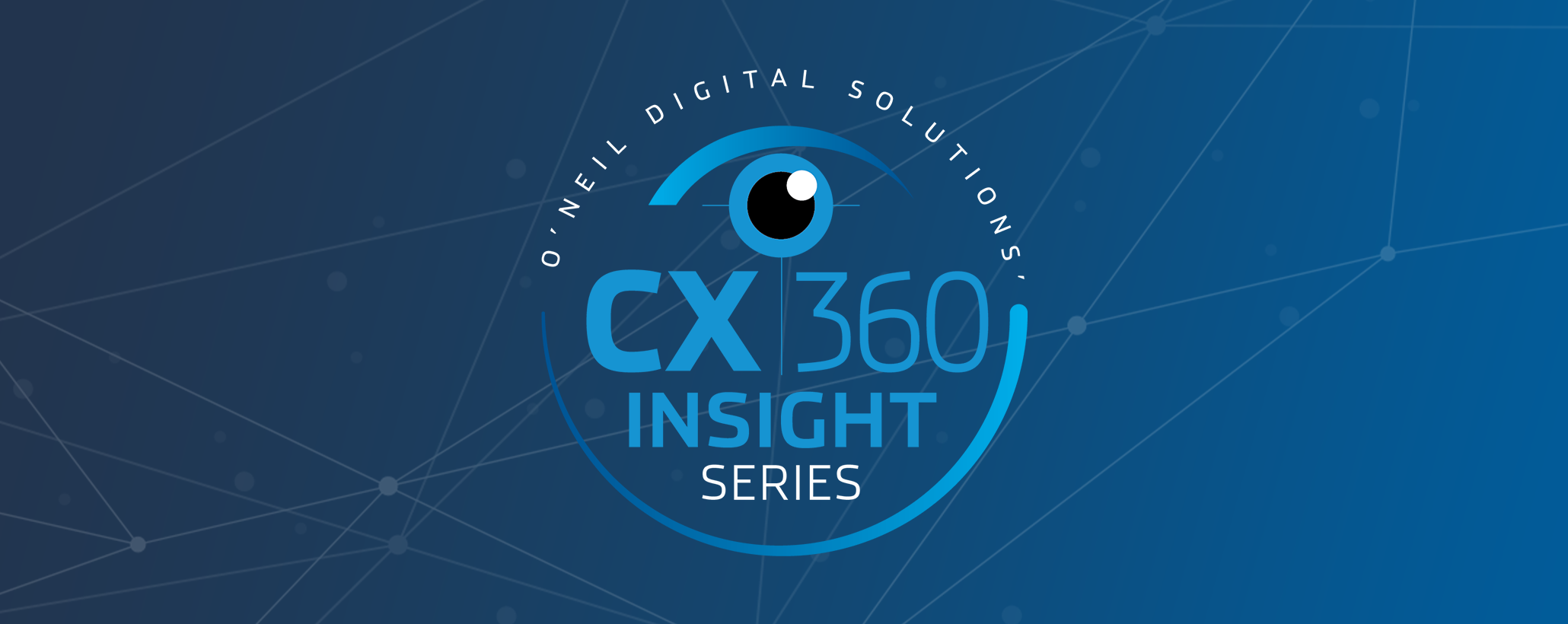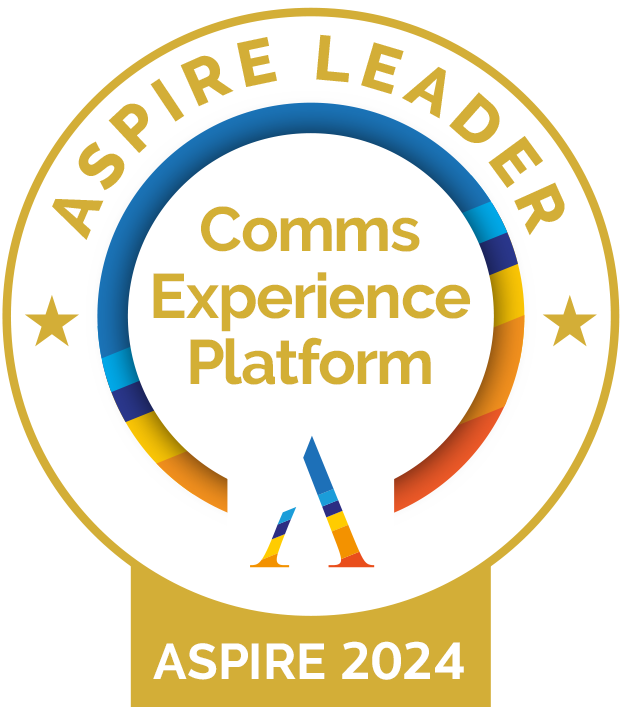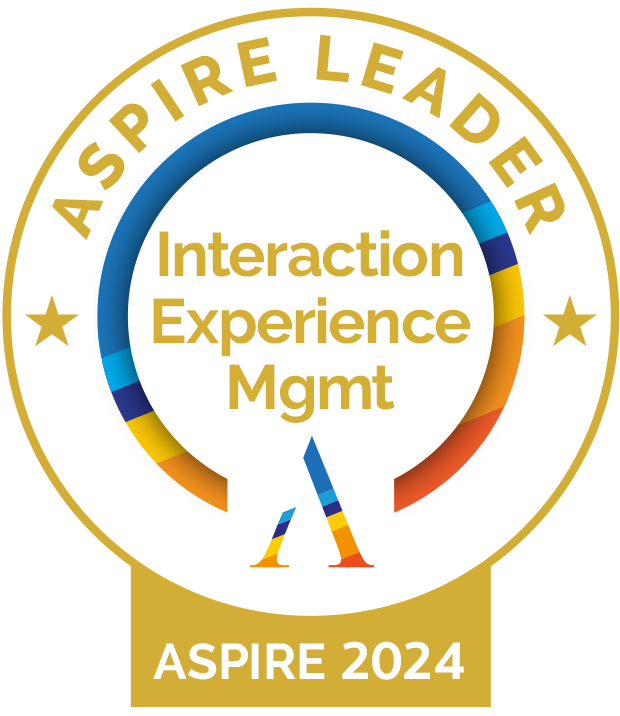In financial services, improving the client experience is everything – what they need, what they want, and where they want to go. While this universal principle hasn’t changed, the ways in which advisors build relationships and engage with clients are drastically shifting to meet new standards.
For decades, financial advisors checked in once, maybe twice per year, and focused on wealth accumulation. That’s not the case anymore. Increased competition, heightened customer service expectations, and digital transformation have upped the ante. Not only do you need to continuously communicate to earn your clients’ trust and confidence, but you have to keep them engaged throughout the whole financial planning journey. Losing their interest means losing their business. The EY 2019 Global Wealth Management Research Report found that nearly 40% of clients planned to switch financial advisory firms within three years, and “personal attention” ranked second in terms of what clients value most from their advisor.
It’s evident that attracting and retaining clients comes down to the overall experience, not just the advisor’s financial prowess or expertise.
Client Engagement Best Practices
Having worked with more than 350 major financial institutions across the globe, O’Neil has analyzed various engagement strategies employed by the industry’s top-performing advisors. Here are five ways you can upscale your client engagement performance, plus the action steps you should take to implement them at your own firm.
1. Defer to the data to improve financial client engagement
Top-performing advisory firms leverage sophisticated analytics tools and platforms to understand their clients’ demographics, behaviors, needs, and communication preferences. Armed with a more robust database, you can engage clients in highly relevant, customized ways. For instance, if you’re aware that a prospect has children, you can present products such as a 529 college savings plan. If they’re nearing retirement, you can tweak plan adjustments to align with their post-work life goals and needs.
Beyond the ability to facilitate more meaningful planning sessions, you can anticipate prospects’ needs Beyond the ability to facilitate more meaningful planning sessions, you can anticipate prospects’ needs before the first discussion. A customer communications management (CCM) / customer experience (CX) platform such as ONEsuite from O’Neil Digital Solutions, enables you to review “live” personas for a complete, 360° view of each client.
2. Check-in consistently and frequently
As mentioned earlier, an annual check-in is a bare minimum. As the pandemic and periods of economic uncertainty have taught us, clients may experience sudden life changes throughout the year. As their advisor, it’s your job to stay on top of their evolving needs and offer solutions that provide peace of mind and stability.
Advisors looking to boost engagement opt for quarterly, or even monthly, touchpoints while also sending out frequent touchpoints via email or mobile texts. Research shows that more frequent touchpoints with clients correlate to greater confidence in their financial plan. If face-to-face meetings don’t work for every meeting, try virtual meetings or phone calls to see how your client is doing and if anything has changed on their end.
O’Neil’s platform features an ePresentment capability, allowing you to electronically present or deliver critical compliance and marketing communications documents, including brochures, marketing collateral, welcome kits, personalized direct mail, billing statements, compliance letters, contracts, confirms and other data-driven communications. Additionally, you can build virtual videos to guide customers through the enrollment process of their 401k plan, life insurance policy or wealth management account.
3. Share tailored educational content
Your millennial clients probably don’t have the same financial concerns and life needs as your senior citizen clients. The same goes for clients who have children versus those who do not, or people who plan to work longer than those who wish to retire early. Hence, they shouldn’t receive the same content. Communications lacking personal relevancy go straight into the trash.
Instead of creating one standard outreach to all clients, O’Neil recommends creating audience segmentations through ONEsuite’s analytics and data management tools, then align each audience segment with the unique personal and professional financial interests.
Remember, your clients desire communications that make them feel understood. Even the best financial advice won’t fly if it doesn’t align with their situation. And you never want them to feel like you’re falling asleep at the wheel with their finances.
4. Ask for feedback
Customer satisfaction surveys are critical for successful advisor-client relationships. Not only do they deliver valuable data that you can be used to better understand clients but they also show clients that you’re invested in improving their experience.
Some questions to consider asking your clients include:
- What type of communications or activities do you value the most?
- Are you satisfied with the level of communication you receive from our firm?
- How can we improve our client service to you?
- Would you recommend our firm to family members or friends?
- How confident are you in your financial plan?
Remember, collecting and analyzing client feedback is only one-half of the strategy. Even more important is what you do with the client’s insights. Hopefully, your firm implements a continuous improvement plan to ensure you’re meeting clients’ ever-changing needs and expectations.
5. Create a strategic communications plan
The industry’s top advisors realize the importance of creating a strategic, omni-channel communications plan that connects to the entire client journey – from onboarding and enrollment to retention and advocacy. Many firms test the waters, increasing engagement efforts for a short period of time, but lose steam or fall off track. Advisors need to stay accountable to the original plan and calendar, only making tweaks if client preferences or economic trends change.
If your communications plan emphasizes making your clients’ lives easier at every touchpoint, you’re on a solid path. Use your data to dive into their pain points, financial risk, and readiness, life events, etc., and map out communications tactics, using various print and digital channels, that cater to their specific needs. Hopefully, your CCM/CX platform positions you to excel at this strategy.
If your current technology does not yield a detailed picture of your clients, it may be time for a change. According to a 2021 Aspire whitepaper, a key requirement for success is the ability to shift from legacy systems, moving toward one that empowers omni-channel communications tailored to customers’ preferences.
Contact O’Neil
As the leader in CCM/CXM, our team can advise you on digital solutions that align with your organization’s digital transformation priorities. Contact us for a free 15-minute consult or to preview our ONEsuite CCM platform.










